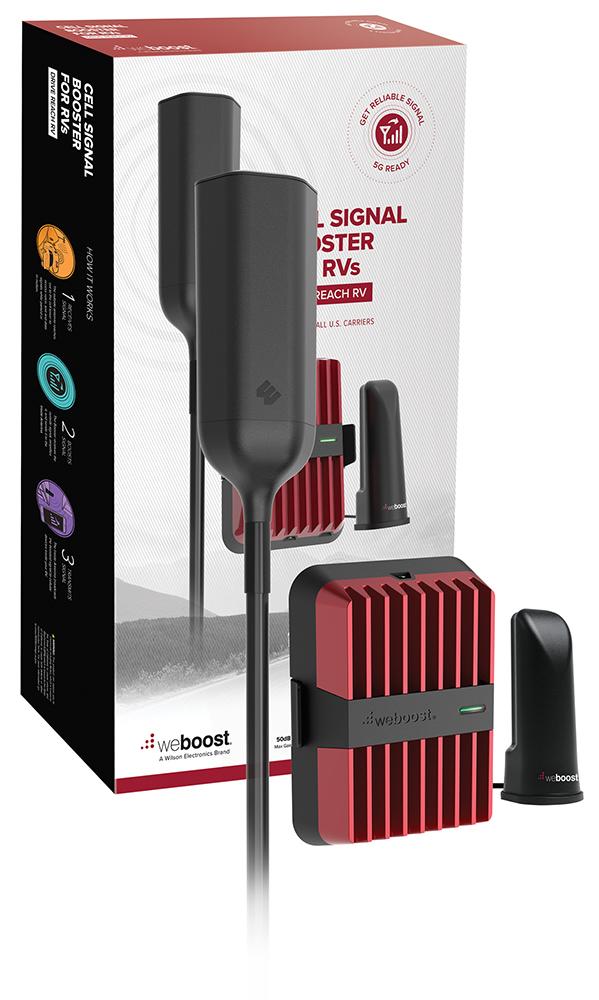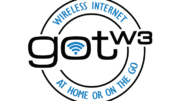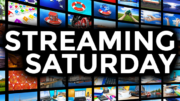Downloading songs is so… 2015. A binder full of CDs? Don’t even make me laugh. And listening to the radio can drive you nuts with all the commercials. Luckily with services like Spotify, you don’t have to worry about that stuff anymore. But what if Spotify doesn’t work in your RV?
Although I hardly need to define Spotify…
I suppose there might be a few people out there who still haven’t joined the streaming revolution. But at this point it’s very few so I won’t spend a lot of time on the idea. You might remember the days when you had to buy a whole record (or 8-track, cassette, CD, etc.) to get that one song you really liked. Apple killed that model when they introduced the iTunes store a generation ago. Still, it took time and patience to build a music library one song at a time. Not only that, as your tastes changed, it seemed like you’d spend a lot of money for something you wouldn’t use.
Streaming services like Spotify, Pandora, Tidal, and others offer a solution. For a fixed price per month, you get access to virtually every song and podcast ever recorded. I say “virtually” since there are high-profile cases where a podcaster is exclusive, or where an artist doesn’t participate for one reason or another. But for well over 99% of the songs you’ve ever heard of in your life, these apps work.
You’re spending on average about $10 per month. If you were downloading 65 songs a year, you’re saving money. If you were buying as few as 6 CDs per year, same thing. For everyone else, it’s more of a convenience thing. Not only that, but these services generally look at what you’re listening to and recommend other music they think you’d like. It’s pretty darn good deal…
…except if you can’t use it.
In order to use Spotify, you need a data connection. The amount of data used isn’t much and even today’s metered plans can handle it. But if you can’t connect consistently, you won’t be able to listen consistently. That’s the flaw in this logic, at least for RV fans.
When it comes to electronic signals, RVs may as well be giant hunks of lead. Fiberglass blocks a certain amount of signal. The metal frame and wiring inside your RV does a really good job of destroying signal. What little is left is surprisingly blocked by that hardwood and varnish on your cabinets. I’m not telling you anything new when I say that getting cell signal in an RV is tough at best.
This makes Spotify a genuine challenge. Yes, you’ll generally get good reception if your phone is near the windshield, but as you go further back you’ll see that it gets sketchier and sketchier there. I suppose if you’re clever you could use Bluetooth speakers in back with your phone in front but then of course you wouldn’t have your phone with you. What fun is that?
The perfect solution

This is weBoost’s Drive Reach RV cell phone signal booster. It’s easy to install, and more importantly, it works. You put one antenna outside, put one antenna inside, and put that red amplifier in between them. It’s an easy DIY install if you already have something like a CB antenna mount on your roof.
Cell phone signal boosters are real and, as Teri Hatcher once said, they’re spectacular. By boosting your indoor signal by a stellar 100,000 times, you can get the same level of cell signal you’ll get outside. Often time the signal will be even better than it is outside, owing to the large, high-mounted antenna.
With great cell service indoors, you can call, shop, surf, and post to your heart’s delight. And perhaps more importantly to this article, you can use Spotify. All your passengers can use their own devices to get what they want, or you can just crank the sound on your phone up and share it with everyone. RV’ing is about being together, and this is how you do it.
Need help or advice?
Get all the help you need when you call the experts. The RV professionals at Signal Connect can help you decide what you’ll need to get your RV tech-ready. They can show you solutions for streaming video, music, playing games, and even working in your RV. Why be tied down at home? Call the people who know their stuff. The number is 888-233-7563. Because all our techs are located in the US, we’re here for you during East Coast business hours.





